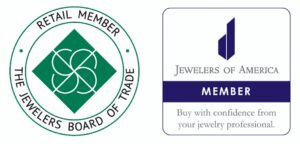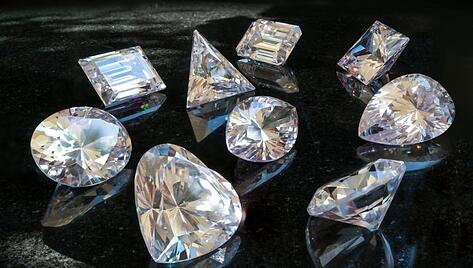
Our love for colorless diamonds started in India, where they were gathered from the country’s rivers and streams. Traded as early as the fourth century BCE, diamonds were coveted by royalty and the wealthy. Later, caravans brought Indian diamonds, along with other exotic merchandise, to medieval markets in Venice. By the 1400s, diamonds were becoming fashionable accessories for Europe’s elite. The first diamond engagement ring on record was given by Archduke Maximillian of Austria to his betrothed, Mary of Burgundy, in 1477. – GIA
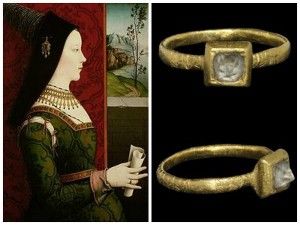
Courtesy of Hilde’s Home
In the early 1700s, as India’s diamond supplies began to decline, Brazil emerged as an important source. Diamonds were discovered when gold miners sifted through gravels on the banks of the Jequitinhonha River in Minas Gerais. Brazil dominated the diamond market for more than 150 years.
Diamonds are now mined around the world. By the early 2000s, South Africa had been joined by other African nations as major producers of rough diamonds, such as the Democratic Republic of the Congo (previously known as Zaire) and Botswana. The former Soviet Union opened its first major mine in 1960, and Russia is now one of the top producers by both volume and value. Diamond mining expanded dramatically with the opening of the Argyle mine in Australia in 1983 (largest producer of fancy pink diamonds) and the discovery of several diamond deposits in Canada in the 1990s.
Diamonds in Botswana lie in the typically hot, semi-arid eastern region of the country. These prolific mines have brought a boom to the economy, creating a growing middle class. The country is also a diamond hub, where approximately 40 percent of the world’s supply of rough diamonds are sorted and valued.
The Gemological Institute of America (GIA) is the most world-renowned diamond grading group in the world. All historical and superior diamonds go through the rigorous GIA grading process, and GIA has even set the standard for all grading scales otherwise known.


D-color diamonds are the most valuable, while anything past J is considered less desirable. The further left on the scale you go, the more rare and valuable the diamond, while the opposite is true when you lean toward the right of the scale. At Megan Piccione Jewelry, we do not source anything less than J-color, unless directed otherwise by the client.
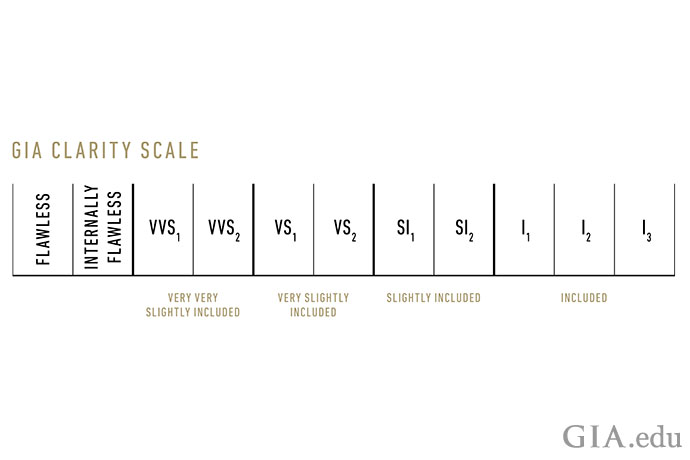
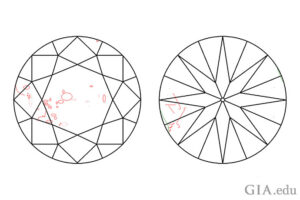
Like, the color scale, furthest left of the clarity scale is the most rare, coveted, and desirable of all clarities: Flawless. This special category makes up less than 0.5% of diamonds, deeming “flawless” the highest valued diamond category. Typically, most diamonds in engagement rings are SI1 or better, with price increasing the further left the client goes. At Megan Piccione Jewelry, we source nothing right of SI2 for any diamond.
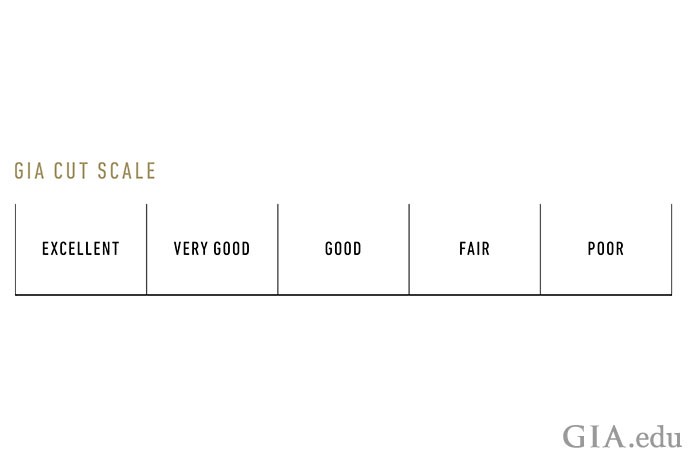
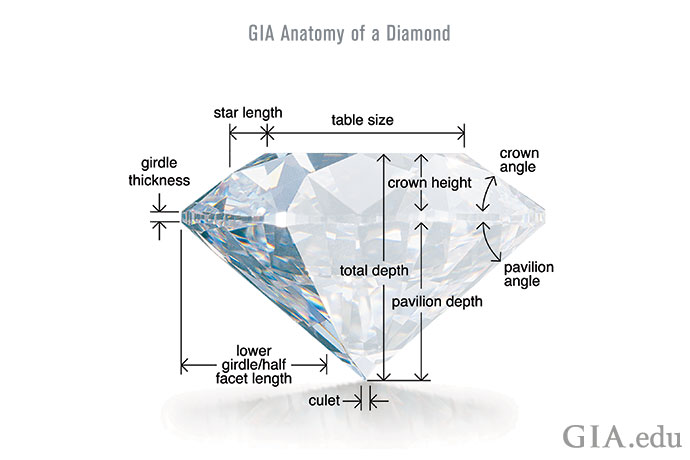
The GIA Cut Scale, ranging from Excellent to Poor, describes how successfully a diamond interacts with light to deliver the brightness, fire and scintillation we associate with a fine round brilliant.
The most ideal proportions for a round brilliant diamond was identified many years ago by mathematician and diamond cutter Marcel Tolkowsky. GIA has provided an image to accurately depict the anatomy of such a a diamond.
Achieving excellent cut, polish, and symmetry is a hard feat. Only 3% of all diamonds in the world are dressed with the high honor of “triple X,” meaning all three subcategories are graded excellent. Such a distinguished accolade increases the diamond’s value.
Contrary to popular belief, carat weight has nothing to do with the size of a diamond. It refers exclusively to the weight of a diamond. Carats are a unit of measurement, with one carat equal to 200 milligrams.
All else being equal, diamond price increases with diamond carat weight because larger diamonds are rarer and more desirable. However, two diamonds of equal carat weight can have very different values (and prices) depending on three other factors of the diamond 4Cs.
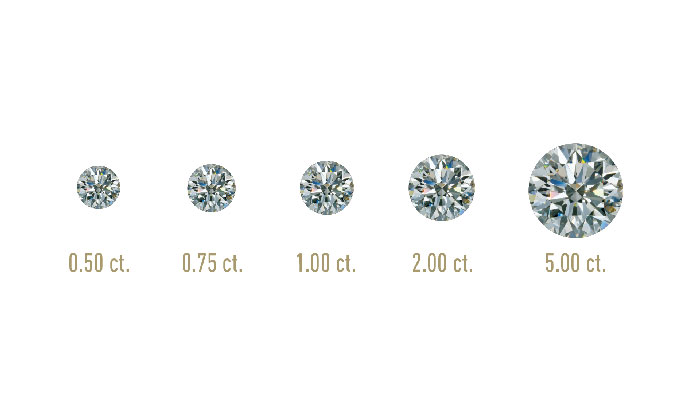
Information and photography courtesy of Gemological Institute of America.
